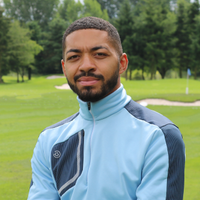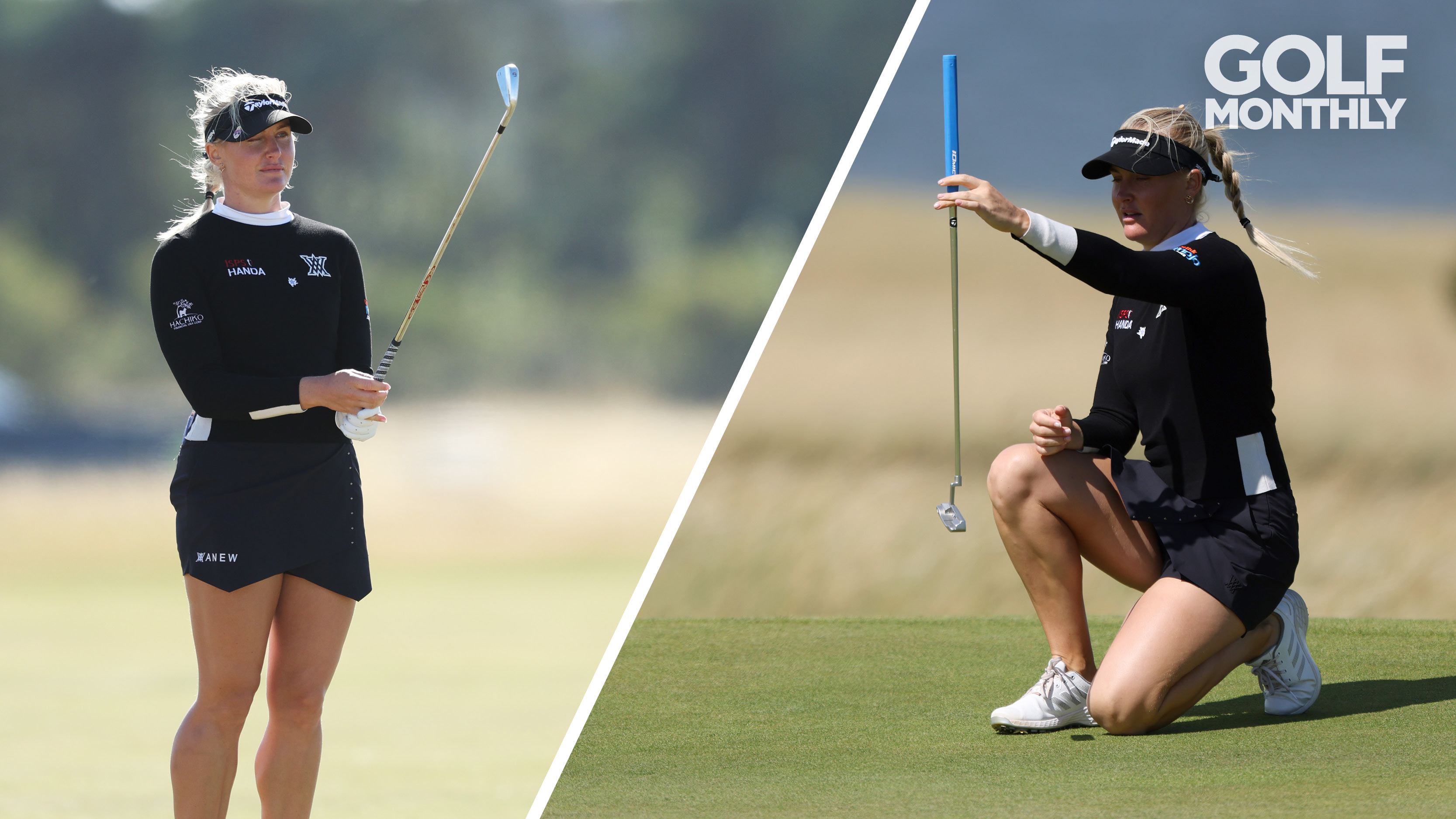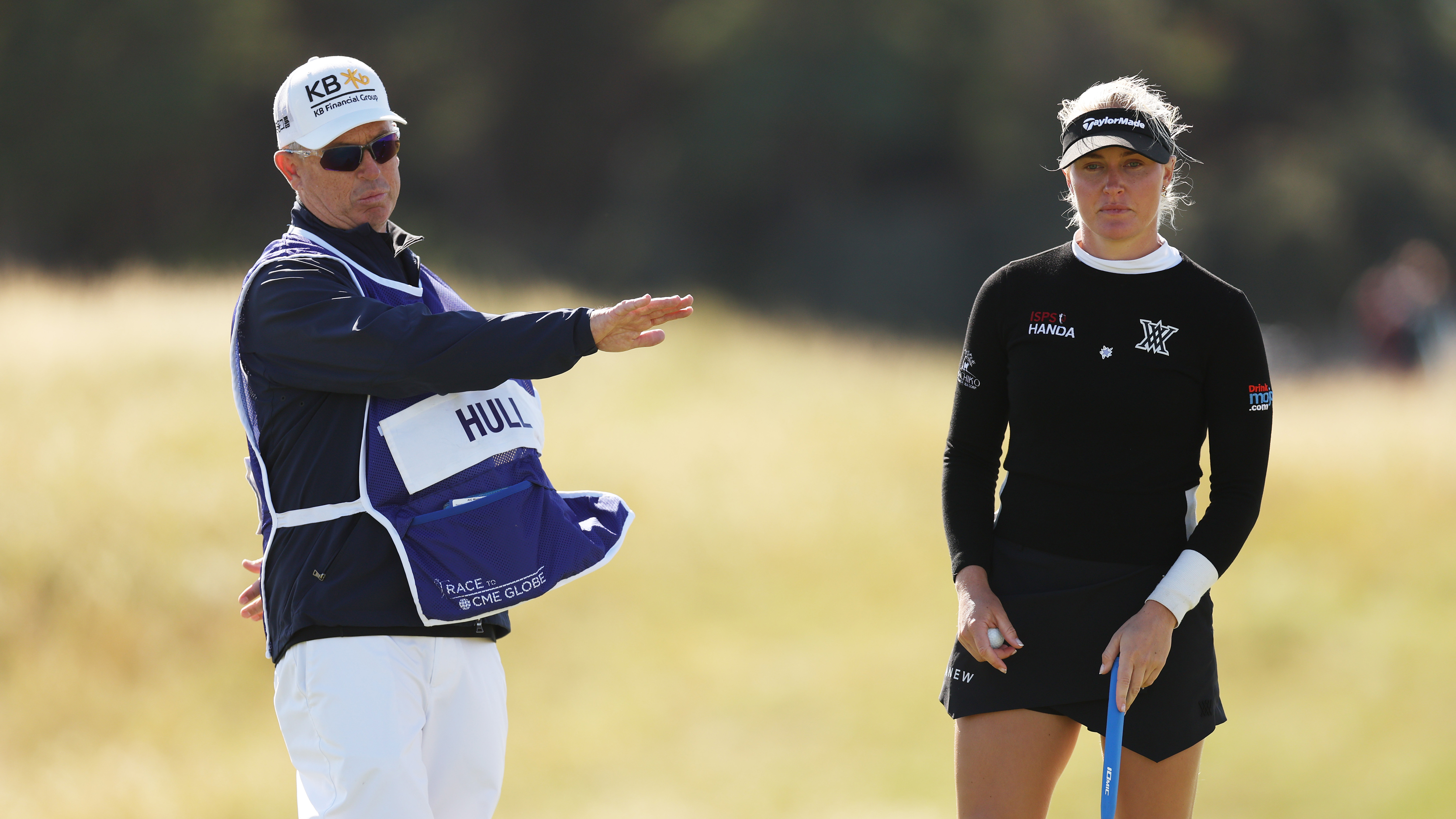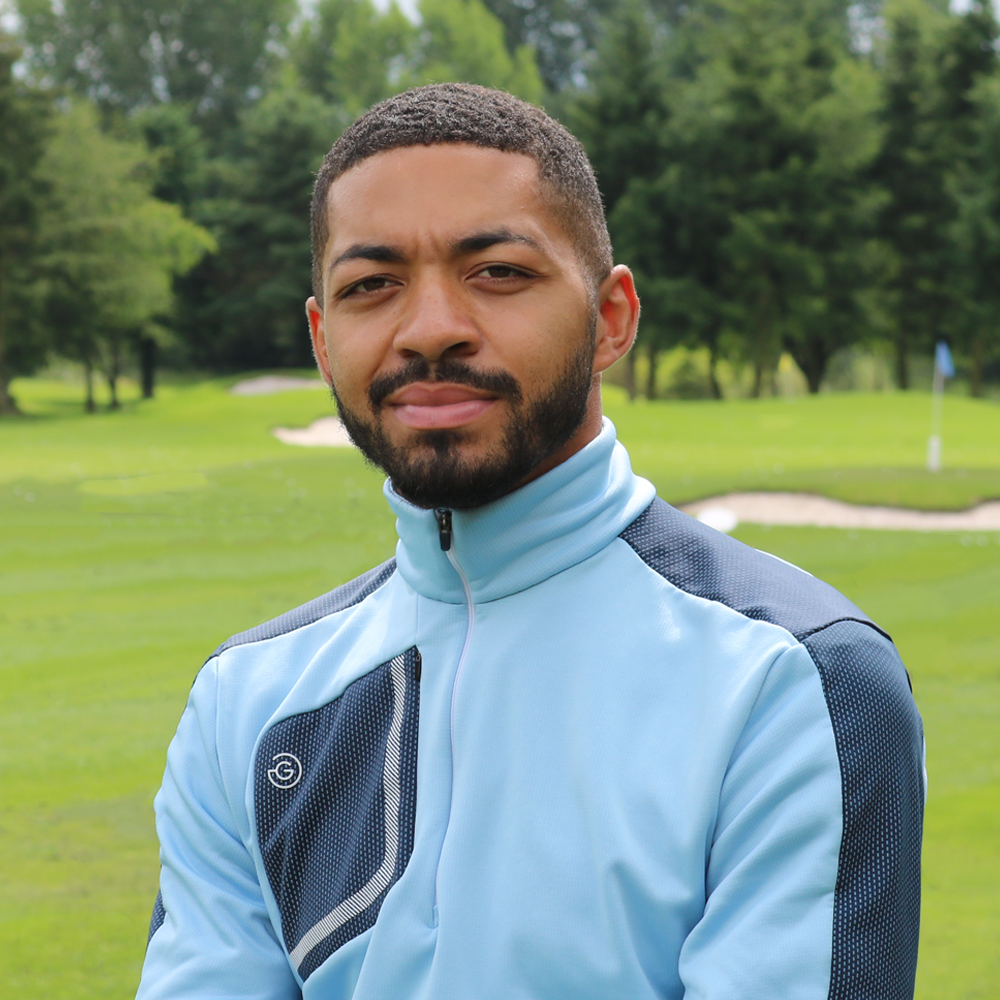5 Things Every Golfer Can Learn From Watching Charley Hull
PGA pro Trey Niven picks out five things you can learn from LPGA and Solheim Cup star Charley Hull


PGA pro Trey Niven picks out five things golfers of all levels can learn from Charley Hull and implement as we head into the off-season.
1. Attitude
One of the things that stood out to me was Charley's answer when asked how she was going to handle playing as the leader. What she did so well was that she didn't make it a big deal.
I think so many club golfers, when they start playing well, get easily distracted. They start looking at scorecards, thinking about what their handicap is going to get cut to, or about how they're going to spend the voucher they're set to win.
Hull really highlighted that she was just going to play another round of golf as if she was playing with her mates. I thought that was really cool.
2. Pre-shot routine
What else really stuck out was that she had a very similar pre-shot routine for all her shots. I know we haven't got caddies with us when we play but there's a lot to learn even from the stuff she does with the club before each shot. You see her bouncing the clubhead off the ground just as she's about to get ready, which shows she's prepped, and then she pulls the trigger.
A post shared by Charley Hull (@charley.hull)
A photo posted by on
It was so consistent throughout the whole round and really noticeable how she stuck to what she normally does.
3. Where to start
We're all going to be different in terms of what we use for a pre-shot routine but a good place to start is to log some of the basic things we can control. For example, reading the wind, working out what club you need to hit a certain distance, and considering where you want to land the ball.
Subscribe to the Golf Monthly newsletter to stay up to date with all the latest tour news, equipment news, reviews, head-to-heads and buyer’s guides from our team of experienced experts.
From there, you can build the picture in terms of what you need to do physically to prepare, whether that's one or two practice swings, a little technical reminder, or visualising the shot. The more information you can gather and process, the easier it will be to build a reliable routine.
Even watching Charley play those last few you can hear her speaking to her caddie about what they're processing. Then they build the shot from there.
4. Ask yourself questions
As mentioned, we don't have caddies to talk to but you can ask yourself questions. For example, say you get up to a shot in the fairway and think, 'I want to land it 155', work it back to the ball and ask: how is the ball sitting? It might be sat down in a bad lie and you've got to change your technique a little.
Consider things like the distance, lie, the club you need and then what outside influences are affecting the ball getting that distance. Whether it be wind, slope, or anything else.

Ask yourself questions as part of an effective pre-shot routine
Practise it at the range and then try take it to the course. You might notice some things work better than others but don't worry, it's very much trial and error. Over time, you'll notice you start to do things without even thinking about it.
5. Get comfortable
A lot of golfers are their own worst enemies. They'll get over the ball, hit a poor shot and then say they didn't feel right. Give yourself 10 seconds and make sure you're comfortable.
Charley hit a shot into 17 or 18 that she got ready for and then actually backed away from. She reset what she was doing and then hit it to about four feet. She made sure she was comfortable.

Location: Shrewsbury Golf Club, 3 Hammers Golf Academy
After enjoying a successful men’s amateur career, during which time he played for Shropshire and Herefordshire’s first team, Trey turned professional in 2018, and he now teaches from a number of locations in the Midlands. He enjoys coaching players of all abilities, from county players, to club golfers and beginners.
Significant influences:
Trey’s teaching has been influenced by Mike Granato and Shaun Webb, two coaches who have worked with a whole host of Tour professionals. The way that they are able to explain the swing and use data to help the average golfer is something that Trey brings to his own teaching.
Whilst Trey is enthusiastic about every aspect of the game, he’s particularly interested in what happens at impact to cause a certain ball flight. This may not always be a perfect looking golf swing, but one that that functions well and is repeatable. He’s always watching and learning from the best players in the world, identifying trends and looking at how that might help the players he teaches.
Teaching philosophy:
Trey is a strong believer in making your bad shot better. "Golf," he says, "is a game of misses as opposed to how good is your good shot." He’s also keen to see his students think for themselves and take ownership, and believes players who are successful own their own golf swing and make it work.
Goals:
One of Trey’s goals is to increase participation in the game and to make the game more diverse. Trey runs initiatives as part of the Black British Golfers to showcase talent from and increase participation from unrepresented groups.